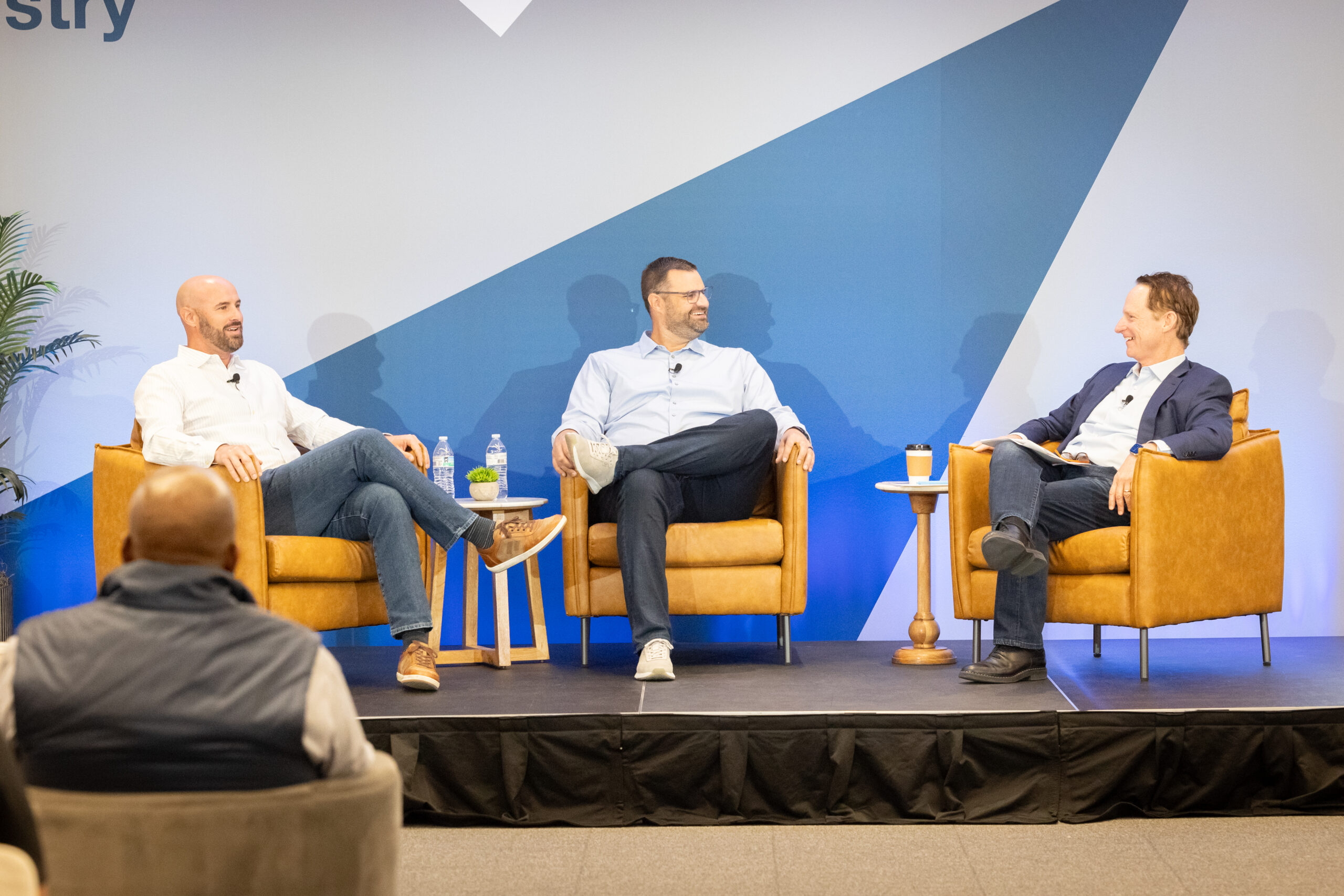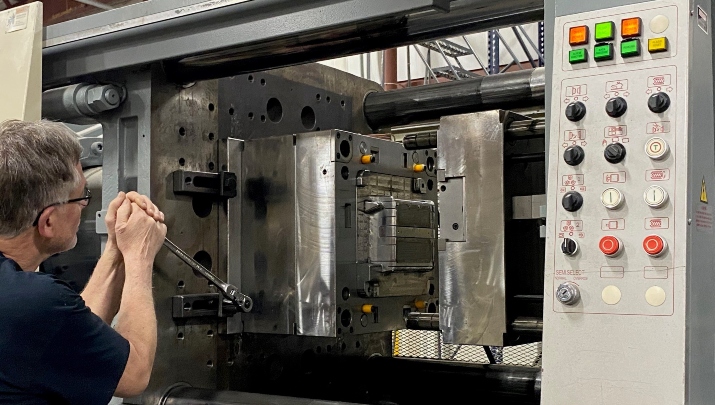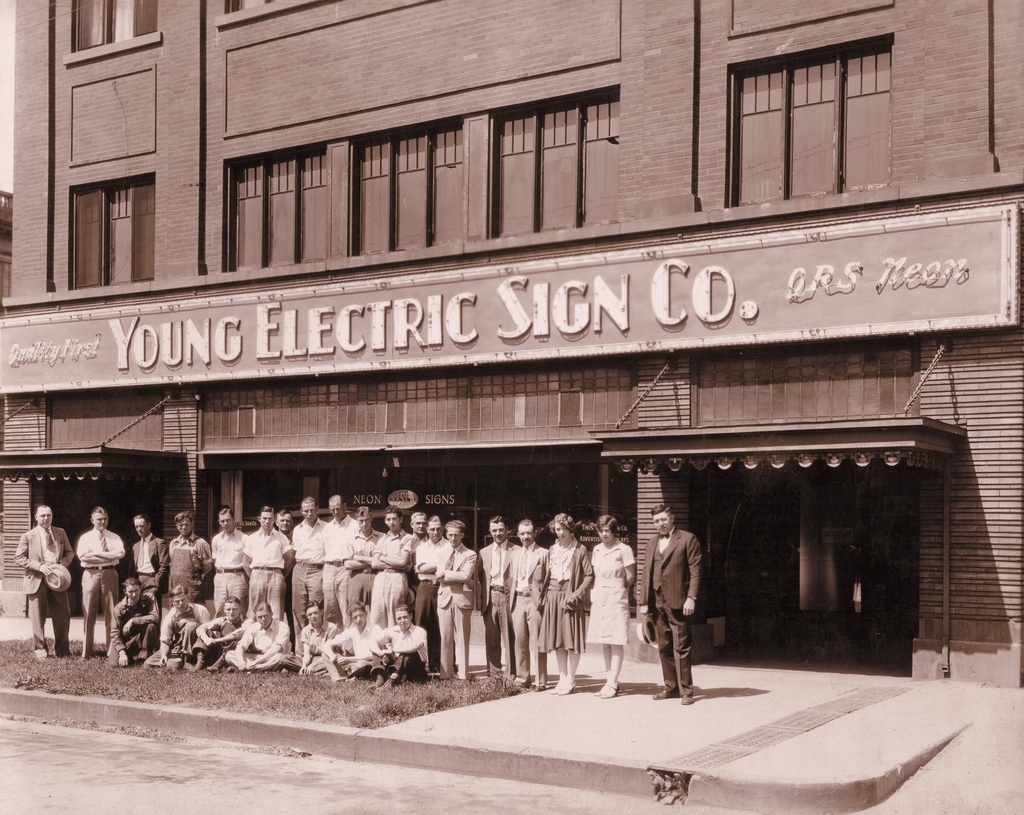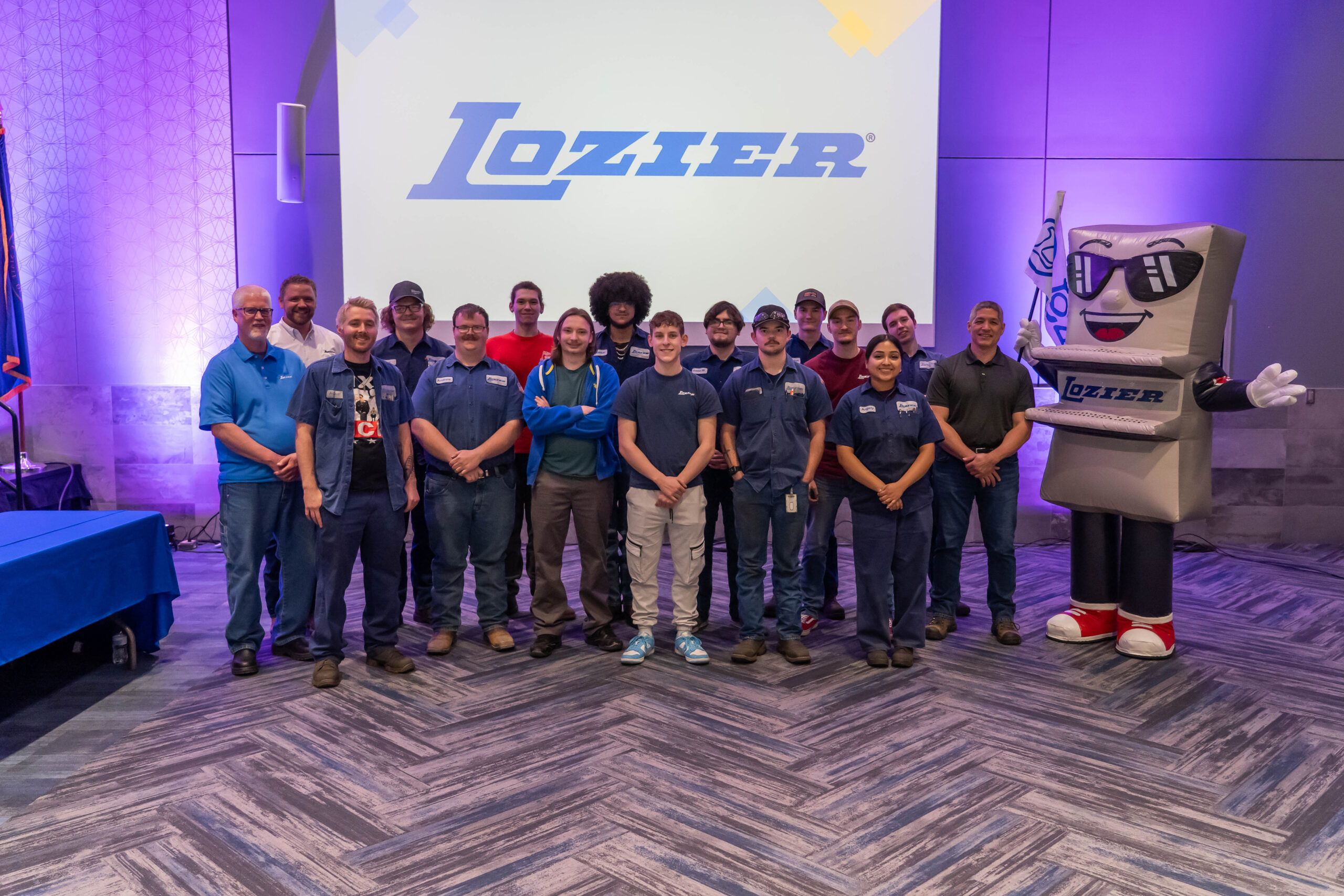

Accelerating Gender Diversity
- Carl Erickson
- Atomic Object
In the technology industry, and in computer science specifically, awareness of gender diversity is a hot topic. I was aware of the issue 10 years ago as I exited the academic world, where it was being actively discussed. Though I had a bit of a head start on awareness when I stepped into business, it wasn’t until I committed to making gender balance a priority and took specific actions toward that goal that I was able to truly make progress.
Our first attempt failed. In 2006, about five years into the life of my software development and design company, Atomic Object, I looked at my team and said, “We’re a bunch of guys, and we need to fix that. We need to hire women developers.” But mine was a young company at the time, and I didn’t do a good job of explaining why we needed to do that. So, facing push-back from others in the company, the issue stalled. We talked a lot about it, but we didn’t succeed in hiring even one woman as a developer. We remained at around 7-10 percent female employees for years.
Then, around five years ago, I finally said, “enough is enough.” This time around, we did things differently: we created a consistent, company-wide, focused conversation around the topic across our communication platforms; we tracked our progress; we made structural changes to compensation and benefits to become more appealing to women; we modified our hiring, diversity, and marketing collateral; we reached out internally and externally to make employees and the broader community aware of our commitment to gender balance.
The results have been pretty great: today, 23 of our 65 employees are women—that’s 35 percent of the company. And, 37 percent of our developers are women.
The steady progress has been consistent as we have continued to embrace gender diversity, but our Accelerator Program, a professional development program for newly-graduated developers, has propelled us even further, faster and gives me great hope for the future of sustainable gender balance on our team.
I think there are a few key reasons the Accelerator Program has served to boost the number of women at Atomic Object. First, the program is broadly appealing to young graduates, men and women, because it bridges the gap between their academic education and on-the-ground training as a developer, where they rotate through client projects and learn many skills they never encountered in school. Second, I think young women developers are drawn to the fact that participants enter the program as part of a cohort of 3-5, which means that they are joining the company with peers—and other women—who are the same age and at the same point in their professional lives. Finally, the structured mentorship within the program, which offers young people valuable, dedicated guidance, has also created great traction for the program among women.
As we have welcomed more women into our company through the Accelerator Program, our earlier commitment and ongoing work around gender balance has served us well. Because we had already made changes to be more attractive to women before we launched the Accelerator Program, we didn’t have obstacles to overcome when our goals began to become reality.
So, what does that reality look like? What are the benefits of these efforts? Atomic Object is a more interesting, welcoming place to work. We’re able to recruit more women and have become an employer of choice in an extremely tight job market because we are viewed as a balanced, positive environment. And, while we have always been an unusually profitable company for our industry—our margin is 2-3 times the industry average—the increased number of women on our team contributes to our ability to defend and maintain our good long-term financial health. The cognitive diversity among our gender diverse team leads to increased innovation, as well as better problem solving for clients, all of which contribute to our overall strength and resilience for the long-term.
All that said, there’s no question we still have work to do. We still don’t have any senior-level women developers—though not from lack of trying. The reality is that the shortage of women in computer science is not only a pipeline issue; women also leave computer science careers at greater rates than men do, so there are just very few women in these positions. This means our young women developers lack role models, something they struggle with. In response, I encourage them to look beyond senior developers, to seek out mentorship opportunities from colleagues in different departments who can be equally helpful. I also emphasize to these young women that they will be those mentors they are seeking one day.
I look forward to continuing to contribute to making that day a reality—sooner than later.
Carl Erickson, PhD is the CEO and Co-Founder of Atomic Object, a Michigan-based software design and development company. He is also an active angel investor and managing director for Tappan Hill Ventures, has served on the boards of several tech startups, and launched his professional life as a Professor of Computer Science at Grand Valley State University.
More Articles and Videos

Fireside Chat with Dave Thrasher, Dan Thrasher, and Dave Whorton
- Dave Thrasher, Dan Thrasher, & Dave Whorton
- Supportworks and Thrasher Group

Get Evergreen insight and wisdom delivered to your inbox every week
By signing up, you understand and agree that we will store, process and manage your personal information according to our Privacy Policy






